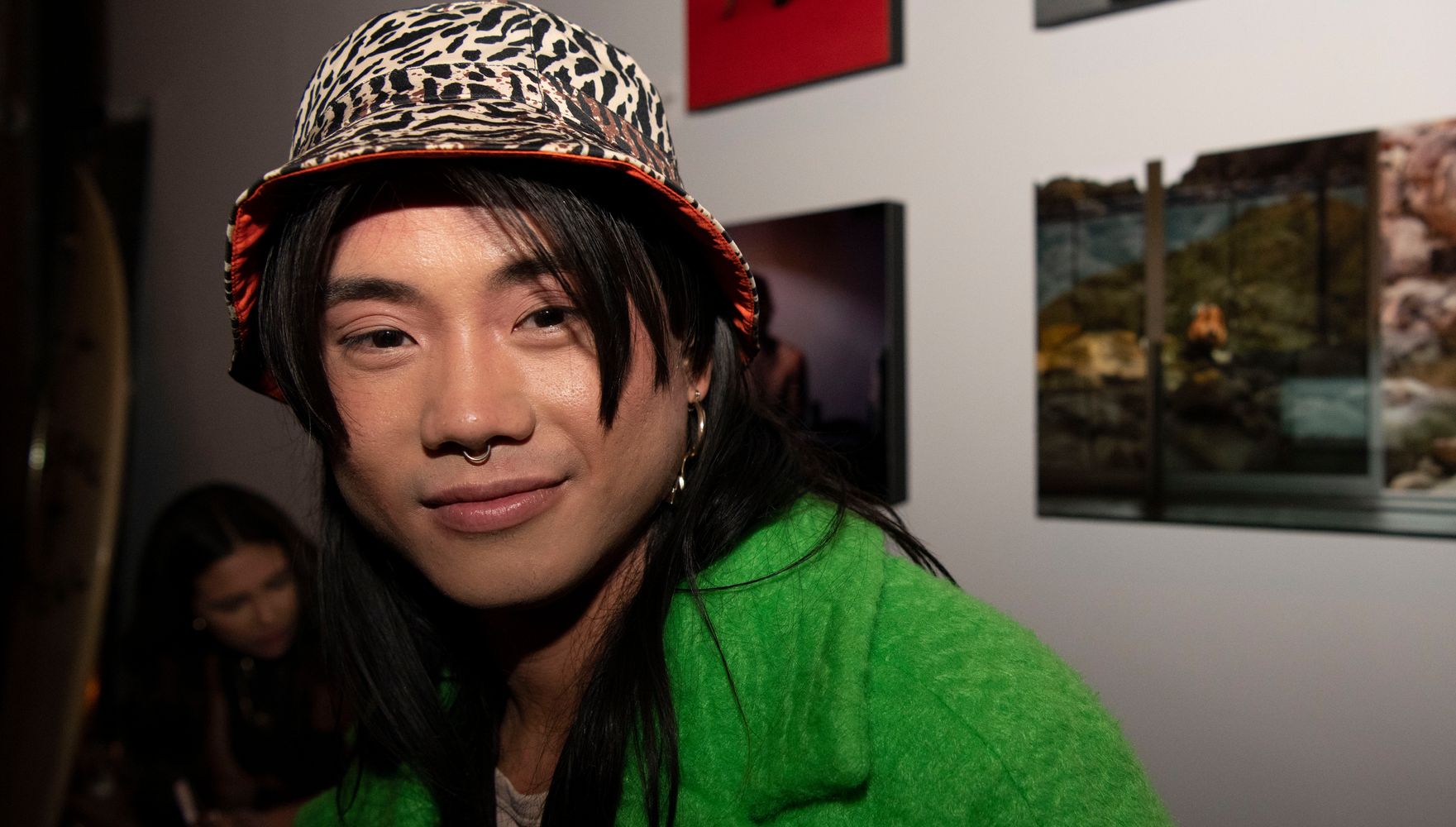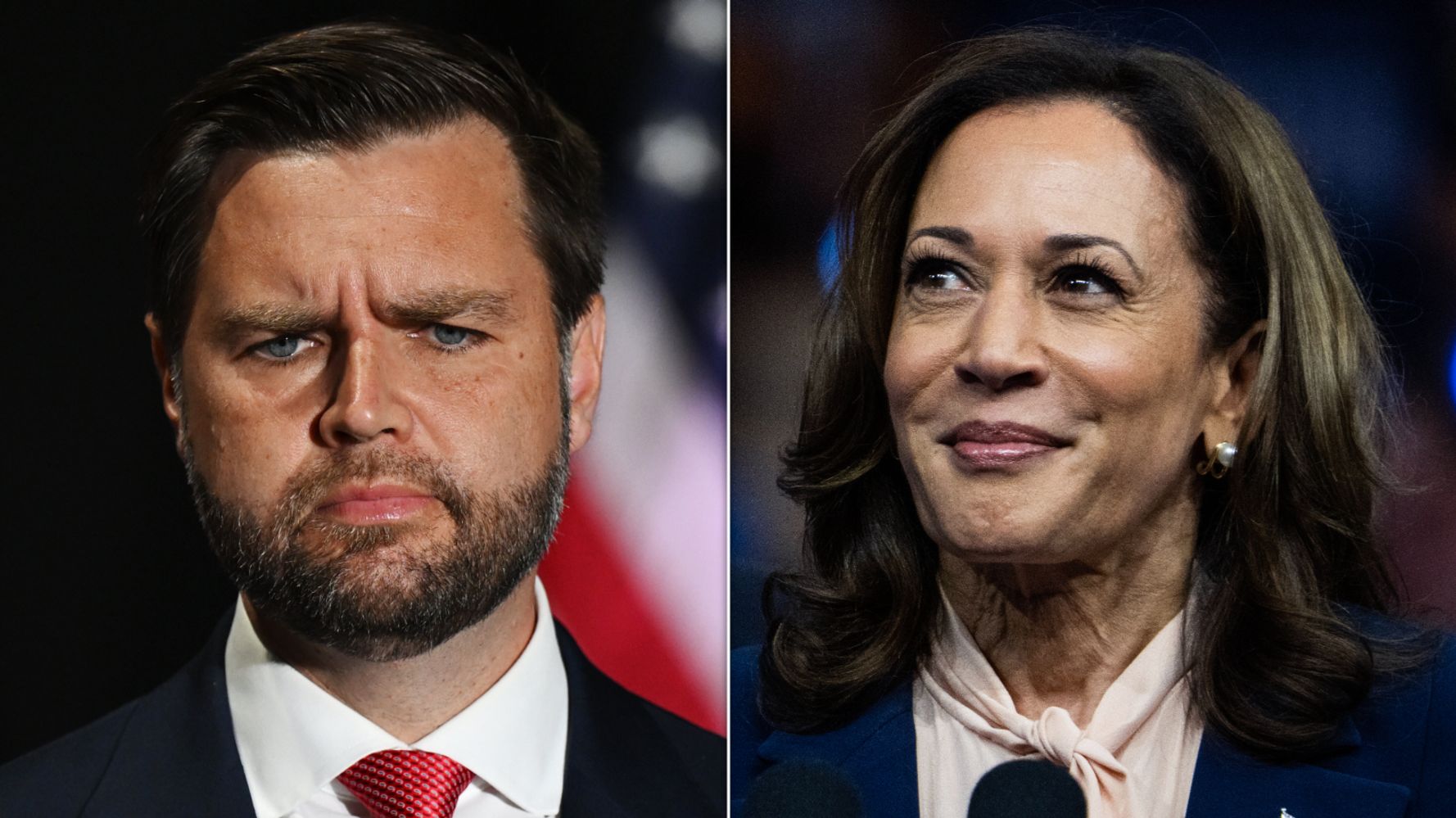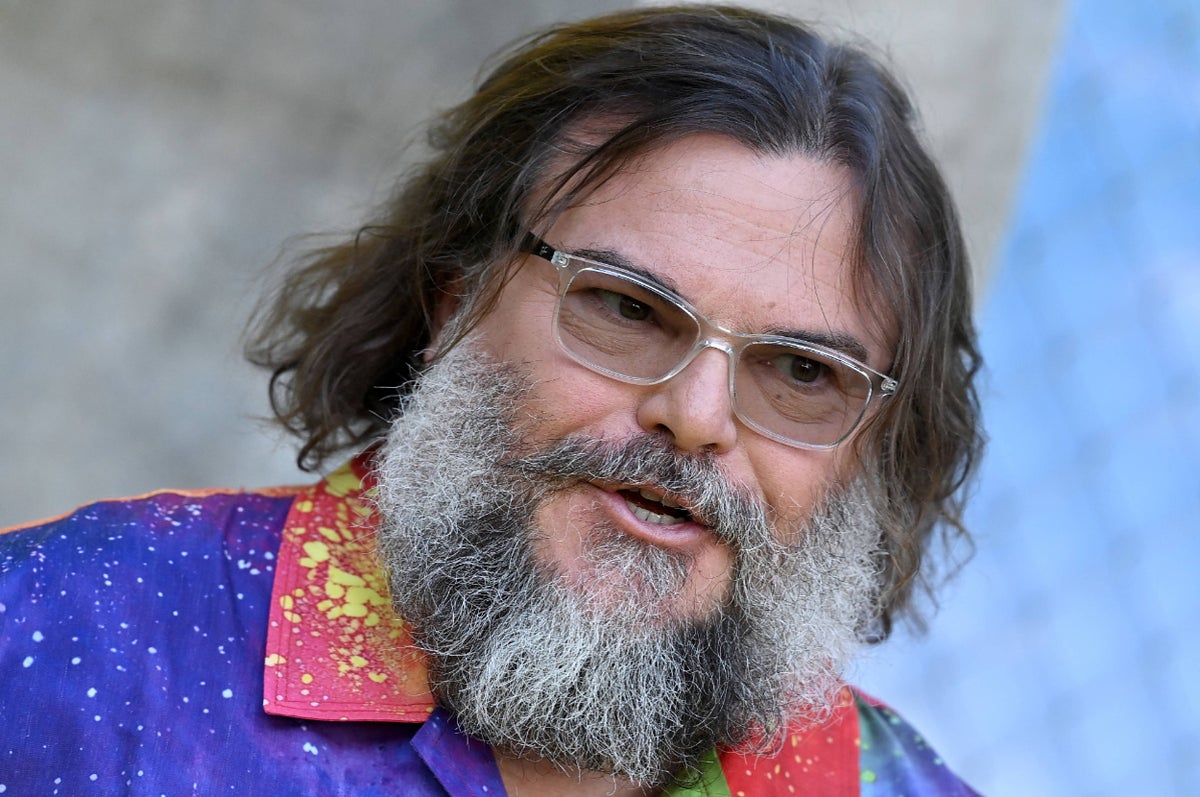The Visual Revolution: How Black Lives Matter Protests Reshaped Representation
From Injustice to Resistance, Images Redefining Identities
The Black Lives Matter protests of 2020 ignited a visual revolution that profoundly reshaped how we perceive representation. Initially, images of injustice sparked outrage, but as the movement gained momentum, they gave way to a counter-narrative of resistance.
These images paved the path for a new wave of photographers of color, who emerged as powerful voices redefining the stories told about their marginalized communities. They shifted the narrative from mere visibility to a deep sense of empathy and understanding.
Justin Wee: Challenging Masculinity and Heritage
Justin J. Wee, an Asian-Australian photographer, uses both his camera lens and his drag persona to explore the complex intersections of identity. His images capture the multilayered experiences of queer people of color, challenging traditional notions of masculinity and cultural expectations.
“I want to create an environment where the people I photograph see a version of themselves that they don’t normally get to see,” Wee says. By reframing their own narratives, Wee empowers his subjects to break free from societal constraints and embrace their authentic selves.
Kamyiis Mclean: Empowerment through Glamour
Kamyiis Mclean, a Jamaican-born photographer based in New York, uses high-fashion glamour to uplift and empower Black and brown subjects. His images showcase the beauty and majesty of marginalized communities, often through the lens of fashion and self-expression.
Mclean’s work is a testament to the transformative power of self-representation. By casting his subjects in glamorous and regal settings, he challenges stereotypes and invites viewers to recognize the inherent value and dignity of all people.
Myles Loftin: Countering Stereotypes with Joy
Myles Loftin, a 24-year-old photographer, gained recognition for his groundbreaking project, “HOODED.” This series aimed to subvert harmful stereotypes about Black men in hoodies by presenting them in images of joy, vulnerability, and camaraderie.
Loftin’s work embraces the radical act of joy as a powerful tool for challenging societal perceptions. His portraits of members of the House of LaBeija, a ballroom house that has embraced him as family, explore the liberating expressions of gender and sexuality.
Together, Wee, Mclean, and Loftin represent a new generation of photographers who are redefining the visual landscape for marginalized communities. They are not simply documenting their experiences but actively reimagining and crafting their own narratives, empowering themselves and others in the process.
Their work challenges conventional narratives, celebrates the beauty and complexity of diverse identities, and inspires viewers to question their own biases. By giving voice and visibility to marginalized communities, these photographers are creating a more inclusive and equitable visual culture for the future.
True representation, they believe, goes beyond visibility. It involves respecting the full humanity of marginalized people, allowing them to tell their own stories and shape their own identities. By embracing this vision, we can create a society that values and celebrates everyone, regardless of race, gender, or sexual orientation.



